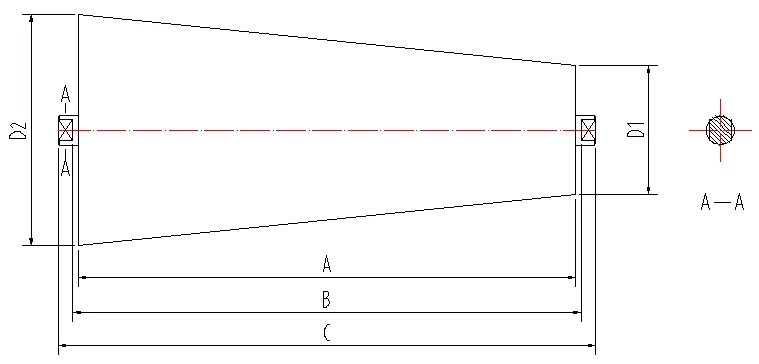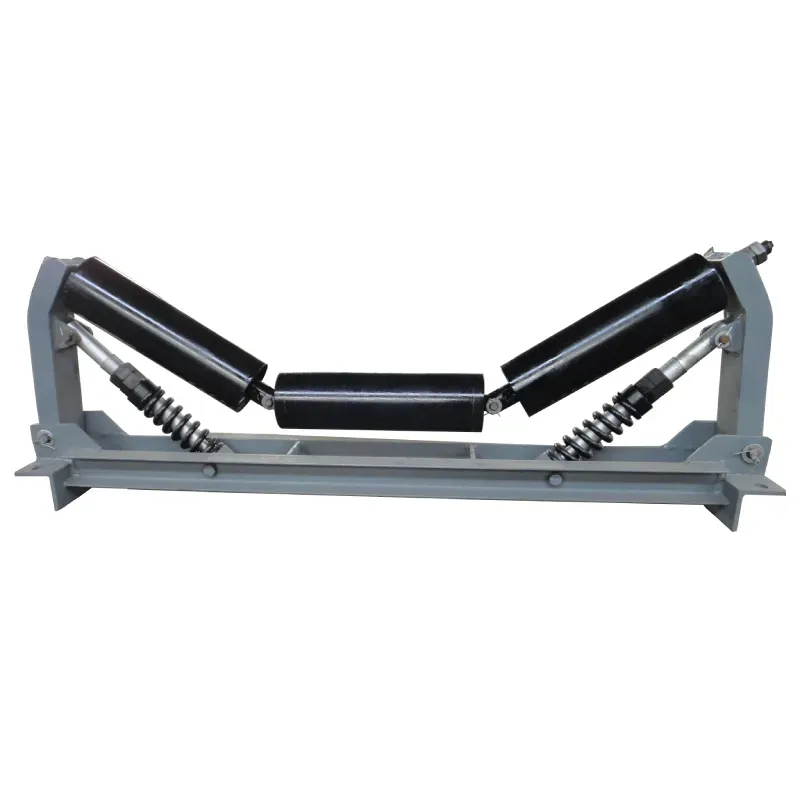 Afrikaans
Afrikaans  Albanian
Albanian  Amharic
Amharic  Arabic
Arabic  Armenian
Armenian  Azerbaijani
Azerbaijani  Basque
Basque  Belarusian
Belarusian  Bengali
Bengali  Bosnian
Bosnian  Bulgarian
Bulgarian  Catalan
Catalan  Cebuano
Cebuano  Corsican
Corsican  Croatian
Croatian  Czech
Czech  Danish
Danish  Dutch
Dutch  English
English  Esperanto
Esperanto  Estonian
Estonian  Finnish
Finnish  French
French  Frisian
Frisian  Galician
Galician  Georgian
Georgian  German
German  Greek
Greek  Gujarati
Gujarati  Haitian Creole
Haitian Creole  hausa
hausa  hawaiian
hawaiian  Hebrew
Hebrew  Hindi
Hindi  Miao
Miao  Hungarian
Hungarian  Icelandic
Icelandic  igbo
igbo  Indonesian
Indonesian  irish
irish  Italian
Italian  Japanese
Japanese  Javanese
Javanese  Kannada
Kannada  kazakh
kazakh  Khmer
Khmer  Rwandese
Rwandese  Korean
Korean  Kurdish
Kurdish  Kyrgyz
Kyrgyz  Lao
Lao  Latin
Latin  Latvian
Latvian  Lithuanian
Lithuanian  Luxembourgish
Luxembourgish  Macedonian
Macedonian  Malgashi
Malgashi  Malay
Malay  Malayalam
Malayalam  Maltese
Maltese  Maori
Maori  Marathi
Marathi  Mongolian
Mongolian  Myanmar
Myanmar  Nepali
Nepali  Norwegian
Norwegian  Norwegian
Norwegian  Occitan
Occitan  Pashto
Pashto  Persian
Persian  Polish
Polish  Portuguese
Portuguese  Punjabi
Punjabi  Romanian
Romanian  Russian
Russian  Samoan
Samoan  Scottish Gaelic
Scottish Gaelic  Serbian
Serbian  Sesotho
Sesotho  Shona
Shona  Sindhi
Sindhi  Sinhala
Sinhala  Slovak
Slovak  Slovenian
Slovenian  Somali
Somali  Spanish
Spanish  Sundanese
Sundanese  Swahili
Swahili  Swedish
Swedish  Tagalog
Tagalog  Tajik
Tajik  Tamil
Tamil  Tatar
Tatar  Telugu
Telugu  Thai
Thai  Turkish
Turkish  Turkmen
Turkmen  Ukrainian
Ukrainian  Urdu
Urdu  Uighur
Uighur  Uzbek
Uzbek  Vietnamese
Vietnamese  Welsh
Welsh  Bantu
Bantu  Yiddish
Yiddish  Yoruba
Yoruba  Zulu
Zulu Jan . 14, 2025 12:28
Back to list
conveyor pulley lagging types
Understanding the various types of conveyor pulley lagging is crucial for optimizing the performance and longevity of conveyor systems in industrial settings. The right lagging not only aids in the efficient operation of the conveyor but also ensures safety, reduces wear and tear, and extends the system's overall lifespan. The key is to select lagging that is tailored to the specific demands of your operational environment.
For environments facing extreme conditions, like high heat or chemical exposure, specialized lagging materials that can withstand such harsh environments become necessary. High-temperature silicones or chemically resistant synthetic rubbers are often employed here. These specialized pulleys ensure that thermal expansion or chemical reactions do not compromise the conveyor operation, maintaining system integrity and safety. The choice between these lagging types should consider factors such as the conveyor belt speed, tension, the materials being transported, and the operational environment. Implementing the right kind of lagging can dramatically reduce downtime, improve energy efficiency, and extend the lifespan of both the conveyor belt and the pulley itself. Selecting an appropriate conveyor pulley lagging type is a task that demands a thorough understanding of the operational environment and material properties. Consulting with industry experts who have a wealth of experience and deep technical knowledge is advisable to ensure selection accuracy. These professionals can provide insights based on real-world applications, lending credibility and guaranteeing that the chosen solution meets the exacting demands of your industry. In conclusion, the myriad options available for conveyor pulley lagging provide numerous benefits tailored to specific needs, facilitating enhanced conveyor performance while minimizing maintenance demands. Combining expertise with an understanding of operational demands ensures that the most appropriate type of lagging is selected, optimizing productivity and prolonging equipment lifespan.


For environments facing extreme conditions, like high heat or chemical exposure, specialized lagging materials that can withstand such harsh environments become necessary. High-temperature silicones or chemically resistant synthetic rubbers are often employed here. These specialized pulleys ensure that thermal expansion or chemical reactions do not compromise the conveyor operation, maintaining system integrity and safety. The choice between these lagging types should consider factors such as the conveyor belt speed, tension, the materials being transported, and the operational environment. Implementing the right kind of lagging can dramatically reduce downtime, improve energy efficiency, and extend the lifespan of both the conveyor belt and the pulley itself. Selecting an appropriate conveyor pulley lagging type is a task that demands a thorough understanding of the operational environment and material properties. Consulting with industry experts who have a wealth of experience and deep technical knowledge is advisable to ensure selection accuracy. These professionals can provide insights based on real-world applications, lending credibility and guaranteeing that the chosen solution meets the exacting demands of your industry. In conclusion, the myriad options available for conveyor pulley lagging provide numerous benefits tailored to specific needs, facilitating enhanced conveyor performance while minimizing maintenance demands. Combining expertise with an understanding of operational demands ensures that the most appropriate type of lagging is selected, optimizing productivity and prolonging equipment lifespan.
Next:
OUR PRODUCTS





























